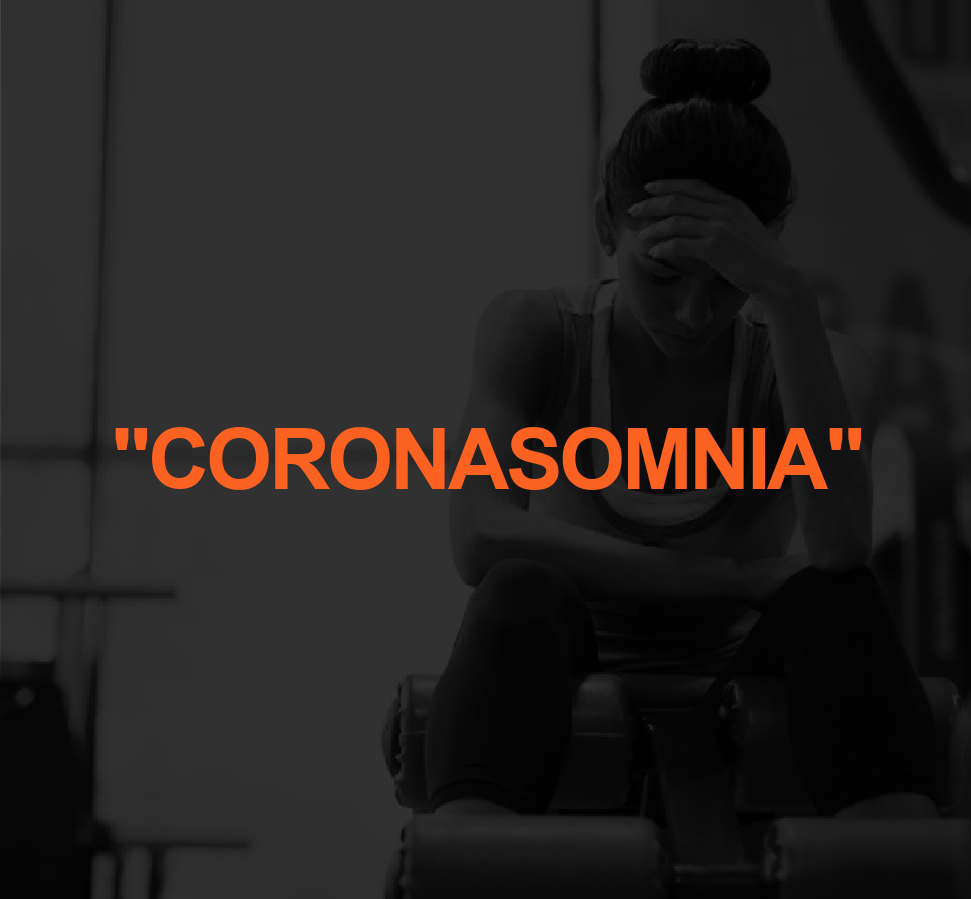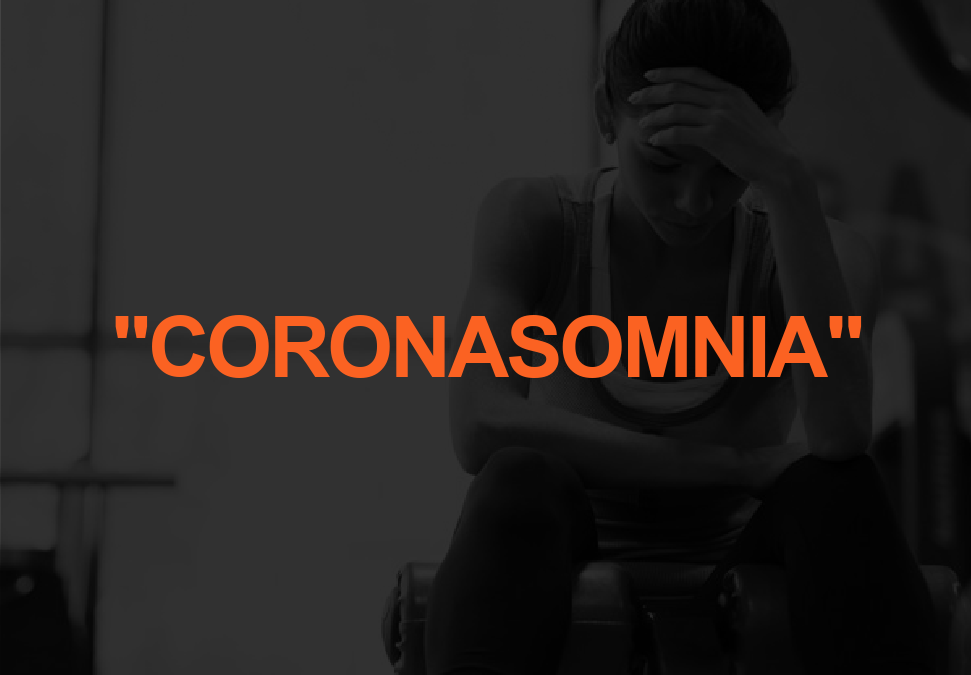
If your clients have difficulty falling asleep, staying asleep, struggle with stress, intrusive thoughts, or show symptoms of sleep deprivation (increased daytime sleepiness, impaired concentration and focus, and poor mood) then they might have coronasomnia. This isn’t all that different from insomnia, except it is suspected to be a result from the pandemic.
Insomnia or Coronasomnia?
How do you know if it’s insomnia or coronasomnia? Experts estimate the number of people with any form of insomnia has increased 37% from pre-pandemic levels. If a person’s sleep troubles began during the pandemic or as a result from pandemic lifestyle-related changes, then coronasomnia might serve as a relatable term.
Maybe your client lost sleep because she had got ill from the virus. Maybe your client lost sleep because of all the life disruption from the COVID-19 pandemic. Whether the coronoavirus is to blame or not, getting better sleep is possible and within reach.
How to Recover from Coronasomnia (and Insomnia)
- Reduce daytime stress. What happens during the day affects the night. Pausing during the day, breathing or even taking a short walk can help lower stress throughout the day. It can be simple. At first glance, pausing seems to take more time, when really, it generates time because a person is acting from a calm place instead of panic and everything flows more smoothly. Taking a break from news and stressful input is one way to reduce stress that directly and immediately opens space for more time and energy.
- Keep a consistent sleep schedule. One of the main reasons the pandemic ruined sleep for many was the loss of rhythm and routine that resulted from being at home. Maintaining the same bedtime and rising time every day, even on weekends is key to keeping the entire human body and mind aligned. Timing matters. Consider what would happen if the grocery store changed its opening and closing time daily. Or, if the sunset changed by an hour or two on the weekends. This would be confusing. The same is true for the human body. It thrives on rhythm. Consider heart rate and breathing as another example.
- Implement a bedtime routine. Transitioning out of busy mode and into rest is easier when there are cues and rituals to support it. Identify relaxing activities to do before bed that do not involve screens. Read a book, take a bath, stretch, meditate, listen to an audiobook or music, write in a journal, paint, sit with a jig-saw or crossword puzzle. You are the master of creating exercise routines, so you are the perfect person to suggest a bedtime routine for your clients, too! Smartphones haven’t been around that long, what did people do before bed without them?
- Process the pandemic. Writing about what is upsetting in a journal, talking with friends, or seeking professional counseling are all ways to shift the complex emotions around these challenging times. If emotions aren’t metabolized, they get stuck in the body, triggering stress responses, manifesting as fatigue, night wakings, and illness. Especially if a person lost people close to them because of COVID-19, processing the grief is a crucial and helpful activity to do with a mental health professional.
- Minimize media use. The lack of social interaction during the pandemic has caused many people to lean even more into screens. This has been both a blessing and a challenge. It’s time to wean off the screens. If people are still worried about getting ill, they can re-engage with old hobbies or take up new ones to stay engaged with life in a way that doesn’t risk germ exposure. Getting sunlight every day is important for circadian rhythm health and maintaining the body’s internal clock, so encourage people to get outside.
- Prioritize sleep. Sleep can seem out of reach in our modern day, stressed-out world, but it is worth fighting for. Sleep supports every single function of the human body including the response to stress and illness. Help your clients make a plan and make a commitment and get to sleep. If you need support or tools like a sleep journal, check out the NFPT sleep coach course.
Beverly Hosford, MA teaches anatomy and body awareness using a skeleton named Andy, balloons, play-doh, ribbons, guided visualizations, and corrective exercises. She is an instructor, author, and a business coach for fitness professionals. Learn how to help your clients sleep better with in Bev's NFPT Sleep Coach Program and dive deeper into anatomy in her NFPT Fundamentals of Anatomy Course.


